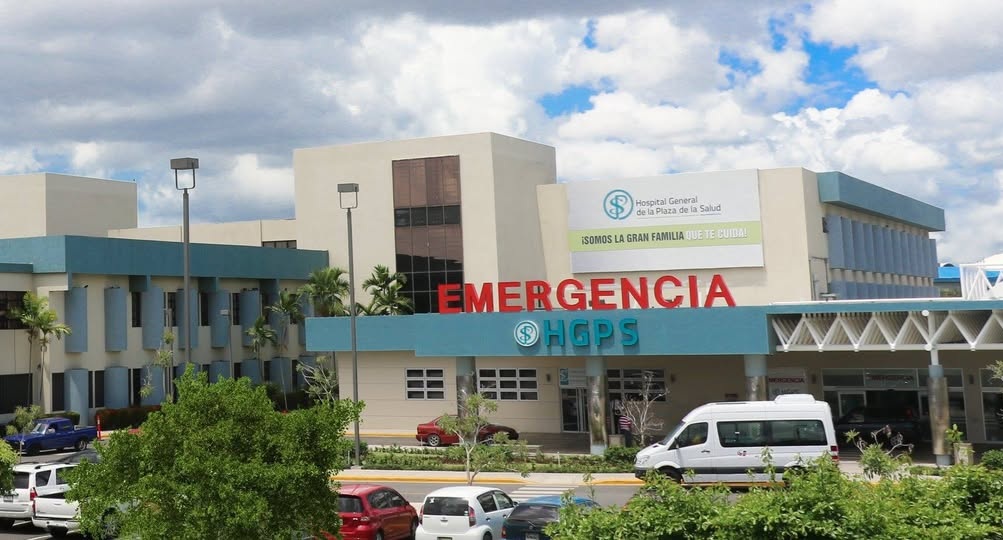Iran Nuclear Sites Targeted: Radiation Risks Remain Low, Experts Say

Following joint strikes by the United States and Israel targeting Iranian nuclear facilities, concerns about potential radiation risks have emerged. While the attacks have undoubtedly escalated tensions in the region, experts assure that the immediate threat of widespread radioactive contamination is limited. This article breaks down what we know about the situation, the safeguards in place, and the potential long-term implications.
Understanding the Iranian Nuclear Program and Target Locations
Iran's nuclear program has been a source of international concern for years. While Iran maintains that its program is solely for peaceful purposes – generating electricity and medical isotopes – Western powers suspect it is pursuing nuclear weapons capabilities. The facilities targeted in the recent strikes are believed to be key components of this program, including enrichment plants, research reactors, and storage facilities for nuclear materials. These locations are strategically chosen to minimize the potential for uncontrolled release of radioactive material.
Why Radiation Risks Are Considered Low
Several factors contribute to the relatively low risk of significant radiation release from these attacks:
- Containment Systems: Iranian nuclear facilities are designed with robust containment structures to prevent the escape of radioactive materials in the event of an accident. These structures are built to withstand significant impacts and extreme conditions.
- Limited Quantity of Material: While Iran possesses a stockpile of enriched uranium, the amount at each target location is relatively limited. A large-scale release would require a catastrophic failure of multiple containment systems simultaneously.
- Targeting Precision: Reports suggest that the strikes were carefully targeted to minimize collateral damage and avoid directly impacting areas where highly radioactive materials are stored.
- International Safeguards: The International Atomic Energy Agency (IAEA) has inspectors on the ground in Iran who monitor nuclear facilities and provide early warning of any unusual activity. While the IAEA's ability to fully monitor the situation has been hampered by political tensions, their presence remains a crucial safeguard.
Potential Scenarios and Concerns
Despite the low immediate risk, several scenarios could lead to increased radiation concerns:
- Multiple Strikes and Escalation: Further attacks could damage multiple facilities, increasing the potential for a release.
- Damage to Spent Fuel Storage: Damage to facilities storing spent nuclear fuel, which contains highly radioactive isotopes, poses a greater risk than damage to enrichment plants.
- Unforeseen Consequences: Military actions are inherently unpredictable, and unforeseen circumstances could lead to an accidental release.
What is the IAEA Doing?
The IAEA has stated that it is closely monitoring the situation and is ready to assist Iran in assessing the damage and mitigating any potential risks. They are working to verify that the facilities are operating safely and that there is no uncontrolled release of radioactive material. The IAEA’s role is crucial in providing independent verification and ensuring transparency.
Long-Term Implications and Regional Stability
The recent attacks have significantly heightened tensions in the Middle East and raised the specter of a wider conflict. The long-term consequences of this escalation are uncertain, but they could include increased instability, economic disruption, and a renewed arms race in the region. Diplomatic efforts to de-escalate the situation and resume negotiations on Iran’s nuclear program are urgently needed.
Conclusion
While the immediate threat of widespread radiation contamination from the attacks on Iranian nuclear facilities is considered low, the situation remains volatile and requires careful monitoring. The international community must prioritize diplomatic solutions to prevent further escalation and ensure the safety and security of the region.




